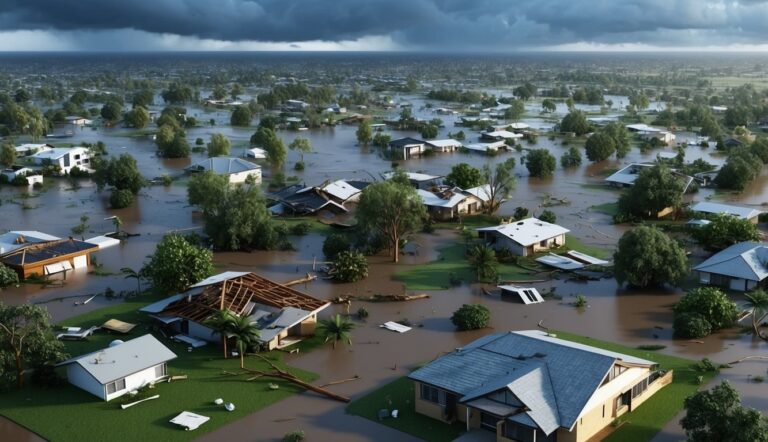AM Best has provided a promising forecast for the U.S. commercial lines insurance market, predicting a stable outlook for 2025.
This optimism stems from the segment’s robust underwriting results and improved investment earnings, which have both contributed positively to its overall profitability.
Market Overview
In its recent publication, “Market Segment Outlook: US Commercial Lines,” AM Best reports that while reserve adequacy has been largely consistent, there are notable variances among different business lines.
Insurers are exercising a cautious and disciplined strategy regarding risk selection, terms of agreements, and capacity management.
Nevertheless, AM Best flags several short-term challenges that could arise.
For instance, the industry is grappling with increased casualty claims, largely influenced by social inflation trends over the years, which could affect underwriting and reserve margins.
On top of that, insurers face pressure from high property claims costs and potential instability in domestic and geopolitical scenarios following the upcoming U.S. presidential elections.
Alan Murray, director at AM Best, reassures stakeholders that the outlook for the U.S. commercial lines sector continues to be favorable, with a strong expectation for sustained profitability amid both immediate and longer-term hurdles.
Commercial Property and Liability Segments
The report reveals that most commercial lines insurers maintain solid risk-adjusted capitalization.
As of the third quarter of 2024, these insurers have cited favorable underwriting outcomes, with combined ratios averaging in the mid-90s over the past three years.
This positive trend is anticipated to continue, driven by moderate price increases across various lines and a rise in net premiums written, thanks to a growing overall economy.
However, a few lines like workers’ compensation and certain specialty casualty classes, including Directors and Officers (D&O) and cyber insurance, are not experiencing the same positive pricing momentum.
Despite these exceptions, the workers’ compensation line remains notably profitable.
The commercial property insurance sector has seen premium growth rates dip to the high single-digit range in 2024, a decline from the high teens in 2023.
This change is attributed to a stabilization in the reinsurance markets as well as renewals.
The anticipated impacts of Hurricanes Helene and Milton late in 2024 are expected to uphold stable pricing and renewal terms for reinsurance in 2025, although they probably won’t cause the drastic adjustments that occurred in 2023.
Future Considerations
Murray also noted that the steady property reinsurance market is shifting reinsurers’ focus towards casualty renewals.
The report indicates that many reinsurers are becoming more cautious, showing less inclination to provide coverage for various lines such as general liability and auto insurance.
This growing selectivity, fueled by concerns about trends in social inflation, could lead to additional tightening within the market.
Admitted carriers in both property and liability sectors are exercising caution; many commercial policyholders are now considering alternatives in the excess and surplus (E&S) market, where conditions remain supportive.
Common lines moving towards the E&S market include commercial auto and D&O liability, as well as coverage for high-risk properties and cyber insurance.
At present, the workers’ compensation segment stands out as the most lucrative area within the property and casualty (P/C) insurance realm.
It is on track to achieve its second consecutive decade of continuous underwriting gains, compensating for declines observed in general and auto liability segments.
- The aftermath of Hurricanes Helene and Milton is likely to support sustained firm pricing and terms in the reinsurance market for 2025, without reflecting the extreme renewal shocks witnessed in 2023.
- A stable outlook for property reinsurance suggests that non-life reinsurers will direct more resources toward casualty renewals.
- The perception of natural catastrophe risk is evolving to encompass a broader range of perils, now including secondary threats such as severe storms and wildfires, which have resulted in increased insured losses in recent years.
- The commercial auto and product liability sectors are bracing for risk increases due to significant claims influenced by third-party litigation financing, which may result in anticipated rate hikes.
- Reinsurers’ caution towards general liability and auto lines could lead to a more selective stance, further reinforcing a tight market environment.
For deeper insights, viewers can explore a discussion featuring Alan Murray on the market outlook for U.S. property/casualty commercial lines available online.
Source: Insurancejournal.com






